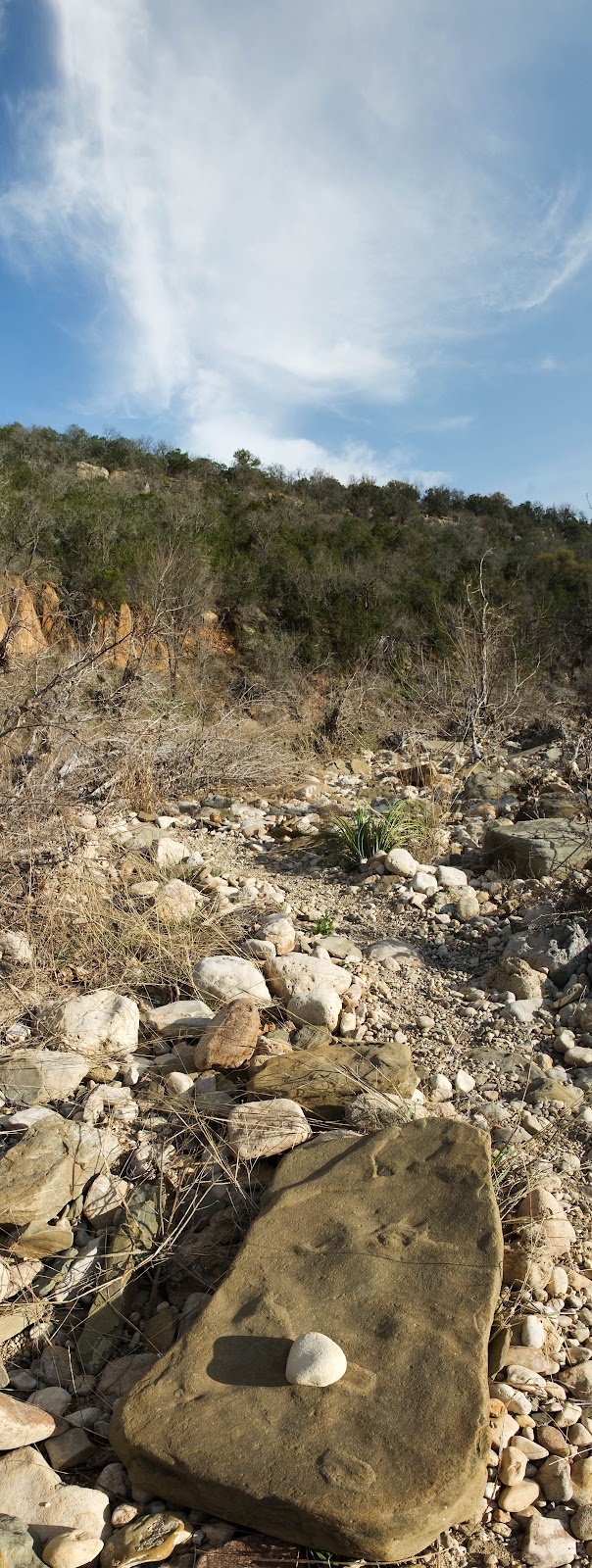“wonderful to depart!
wonderful to be here!”
--from Whitman’s “Song at Sunset”
Great flesh and stone and chilled air
turning morning around me!
All the stuff of a new day is good, and
all that is fashioned of jostling, binding,
elusive atoms is better than we thought
in the night when we dreamed the horrible
nightmares: our souls scratched
frantically at the inside walls of our
bodies, desperate for escape from a
broken world they told us was cursed.
But, ah, this moment now—
greatest teacher ever—
speaks of late winter limbs (barren, yes),
silver limestone hills (eroding, yes),
vultures perched high with wings
outstretched drying heavy dew
(waiting for the necessary dew, yes),
and my own unsteady, weakened hand that
holds the paper (even us, yes).
What shall I do but wake to this
morning now, listen, see what I’m
allowed (and more!), and gather all
the scattered shards of strength and beauty
and shout hallelujahs to the wind
that gathers up now and the white sun
that melts the air around me and
the gently curved planet that’s pulling
us back and back and back until the
day we full return?
Great flesh and stone made of each other
and both one good thing.



























































